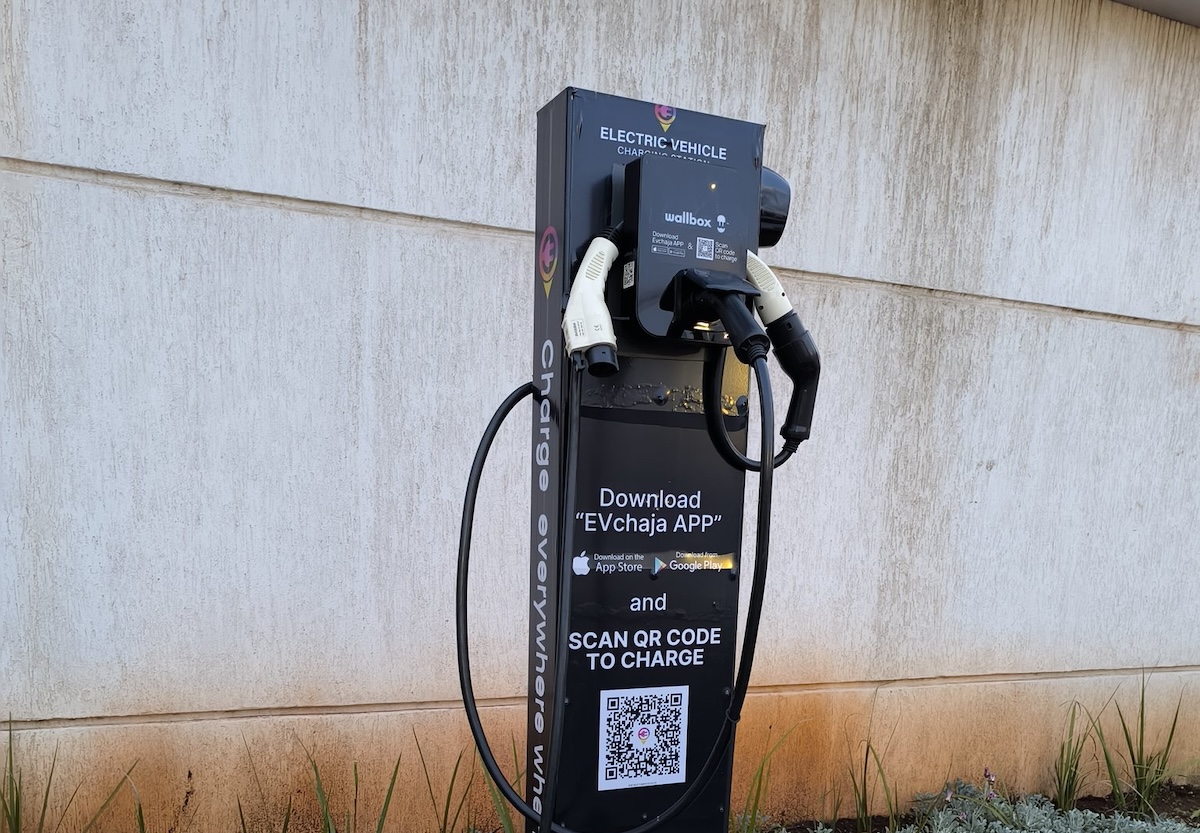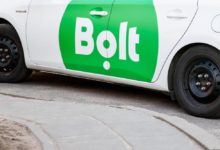
As Kenya accelerates its push towards sustainable development, the transport sector stands at the forefront of this transformation. The government’s ambitious goals to increase the number of electric vehicles (EVs) on the road align with global efforts to combat climate change and reduce greenhouse gas (GHG) emissions. However, achieving these targets will require more than just an increase in EV numbers—it will necessitate a significant overhaul of our transport infrastructure and energy systems.
To fully realize the potential of e-mobility, Kenya needs systematic investment in EV infrastructure. The Kenyan Government’s Bottom-Up Economic Transformation Agenda (BETA), under the Fourth Medium Term Plan 2023-2027, recognizes e-mobility as a key driver of national development and environmental sustainability. The ongoing review of the Integrated National Transport Policy (INTP) further identifies electric mobility as a strategic opportunity for the transport sector.
Leveraging Off-Peak Energy for E-Mobility
The difference between peak and off-peak energy demand in Kenya is about 1,000 MW. To maintain system stability, power generation is often curtailed during off-peak periods, leading to significant energy wastage. Between July 2022 and June 2023, an average of over 1,357 MWh of energy was curtailed daily—a volume that could be redirected to charge thousands of electric vehicles.
For instance, a 51-seater electric bus requires a battery capacity of 180-200 kWh for a 200 km range. The daily curtailed energy could power about 7,000 electric buses or over 200,000 electric motorcycles, significantly reducing GHG emissions and contributing to Kenya’s climate goals.
Kenya’s journey towards a greener future is just beginning. By addressing the infrastructure challenges and leveraging its renewable energy potential, Kenya can set a precedent for sustainable transport in the region and beyond.
Lessons from Abroad: Infrastructure is Key
The experiences of countries like Poland highlight a critical lesson for Kenya: without a robust and widespread charging infrastructure, the adoption of electric vehicles will be stunted. In Poland, despite significant growth in the number of electric vehicles, the expansion of charging stations has been slow, which poses a significant barrier to further growth.
Kenya must take proactive steps to avoid this bottleneck. Building out the charging infrastructure is essential, not just in urban centers but also along highways and in rural areas. This will require significant investment, both from the government and private sector players.

The Kenyan government has recognized this need and is working on several initiatives to boost the number of charging stations across the country. However, these efforts need to be accelerated. The National Energy Policy aims to increase the number of EVs and promote the use of renewable energy sources for charging. But without concrete and rapid action, these goals may remain aspirational.
The Role of Transport in Kenya’s Economic Growth
Transport is the backbone of Kenya’s economy, facilitating trade, promoting regional integration, and contributing to national development. Kenya’s transport system is diverse, encompassing road, rail, maritime, aviation, and non-motorized means. Yet, this vital sector is increasingly vulnerable to climate change. As the world commits to limiting global warming through the Paris Agreement, Kenya must focus on reducing its reliance on fossil fuels, especially within the transport sector, which consumes about 72% of the petroleum products imported into the country.
In 2015, the transport sector accounted for 13% of Kenya’s GHG emissions, with projections indicating an increase to 17% by 2030 due to population growth and industrialization. To meet its climate goals, Kenya has committed to reducing emissions by 32% by 2030, as outlined in its Nationally Determined Contribution (NDC). The electrification of vehicles is central to this strategy.
Infrastructure Challenges and Opportunities
Kenya’s push towards electromobility is not without challenges. While the country has made strides in expanding its electricity generation capacity, with nearly 90% of its energy coming from clean sources like geothermal, hydro, and wind, the number of public charging stations remains limited. With fewer than 200 public charging stations nationwide, there is a significant gap in the infrastructure needed to support the projected increase in EVs.
However, Kenya’s well-diversified energy mix and a total electricity installed capacity of 3,713.4 MW as of June 2023 provide a solid foundation for growth. The country recorded a new peak demand of 2,177 MW in February 2024, leaving a healthy margin of over 40% of installed capacity unutilized. This surplus presents an opportunity for e-mobility, particularly in utilizing off-peak energy to charge EVs.
Kenya’s journey towards a greener future is just beginning. By addressing the infrastructure challenges and leveraging its renewable energy potential, Kenya can set a precedent for sustainable transport in the region and beyond. We have seen the private sector coming forward to support the cause with companies like Eaton being one of the key players behind innovative power management solutions that enhance grid stability and resilience. E-mobility can bridge the gap in energy utilization by tapping into off-peak power, reducing emissions, and supporting Kenya’s climate goals. But to accelerate this transition, we need a coordinated approach that includes infrastructure development, policy support, and investment in clean energy.
This article was written by Parag Mendiratta, the Regional Manager, Eastern Africa at Eaton Electrical Sector.
Follow us on Telegram, Twitter, and Facebook, or subscribe to our weekly newsletter to ensure you don’t miss out on any future updates. Send tips to editorial@techtrendsmedia.co.ke


